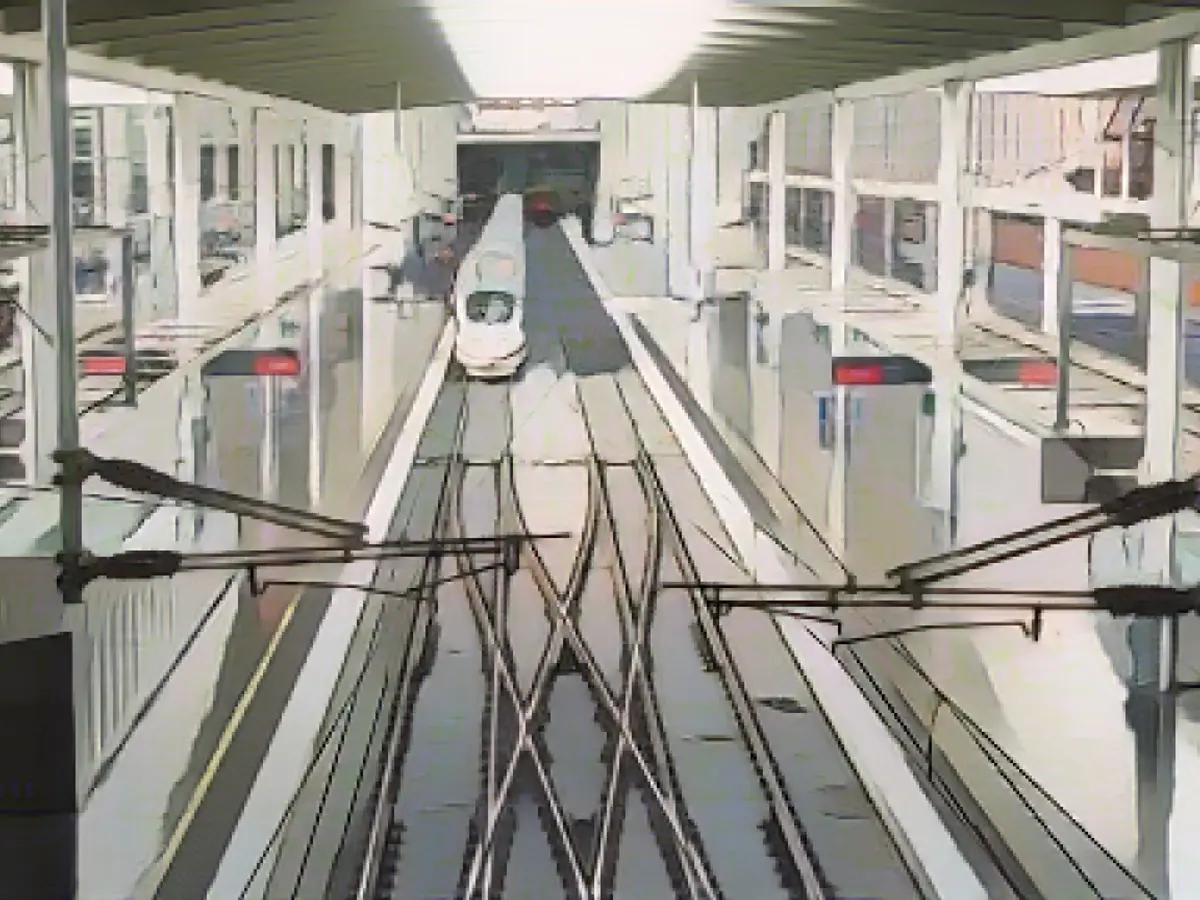Spain's high-speed rail revolution is a sight to behold, and if you've visited Italy, you've likely admired their high-speed trains. But the crown for Europe's longest high-speed rail network does not belong to Italy, Germany, or even France. That honor goes to Spain, which has invested billions of euros in new railway lines with Madrid as its hub.
With a length of 3,567 km, Spain's high-speed rail network is second only to China in size, although it still only makes up about 10% of what China has built in the last decade. But despite the slower progress compared to China, Spain's network continues to expand, thanks in part to strong EU support.
Their ambitious goal is to provide quick connections between Madrid and its regional capitals, and they've tackled everything from Seville in the south to Valencia, Alicante, and Barcelona on the east coast. And the network keeps growing, with Coruña in the northwest set to be completed in 2022.
The network isn't just for city-hopping; it also connects passengers to historical cities like Segovia and Valladolid, eventually heading north to Asturias and the Basque Country's Vitoria, Bilbao, and San Sebastian. The construction of the Y-shaped network, which connects the key cities of the Basque Country, began in 2006, but progress has been slow, with the 6.8 billion-dollar project not expected to reach Bilbao until at least 2025.
So far, all domestic high-speed trains have been operated by the state-owned Renfe under the stylish AVE (Alta Velocidad Espana) brand. AVE has even managed to lure some airline passengers away, although Madrid to Barcelona remains Europe's busiest short-haul route.
But competition is fierce, with both incumbent Renfe and new player Ouigo Espana offering cheap alternatives. Renfe's new AVLO service, introduced in June 2021, offers tickets for the 621 km journey between Madrid and Barcelona from just $8.20 (€7) and up to $56 (€50) for premium service, including additional features like extra luggage, on-board entertainment, and roomier seats with meals provided.
This increased competition is a boon for travelers, who benefit from cheaper prices and more frequent services. It's also good news for the environment, as more people turn to trains instead of cars or planes. Renfe, which currently offers about 16,000 seats per day on its AVE and AVLO services, plans to add more to meet increased demand once travel bounces back post-pandemic.
But even with all this investment and competition, Spain's high-speed rail network is not without its challenges. The network, which was built on a complex and costly construction project, still struggles with low usage on some of its new lines in the northwest. And with limited train options on certain lines, some argue that Spain has overspent on political projects with questionable long-term value.
In the end, Spain's high-speed rail network is a game-changer, offering faster, more convenient, and more sustainable travel options for European travelers. And with new players like Ouigo Espana entering the market, competition is heating up, ensuring that prices continue to fall and service continues to improve.








